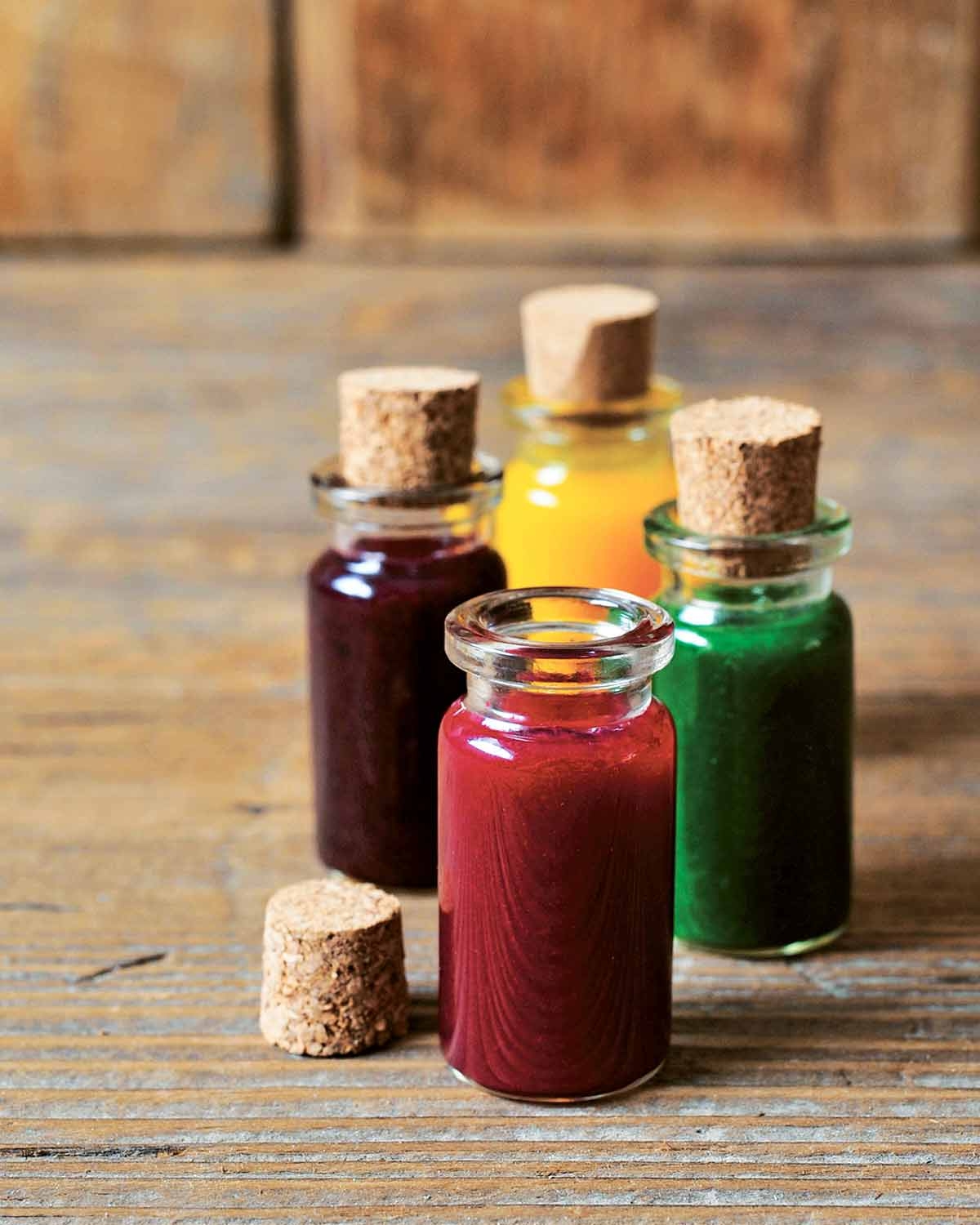When it comes to food coloring, many people are moving towards natural options to avoid artificial additives. Natural food coloring not only provides vibrant hues but also offers health benefits. There are several examples of natural food coloring that can be used in various dishes and desserts.
From fruits and vegetables to spices and herbs, nature provides a wide range of colorful options for adding a pop of color to your food. Let’s explore some examples of natural food coloring that you can incorporate into your cooking and baking.
Examples of Natural Food Coloring
1. Beetroot: Beetroot is a versatile natural food coloring that can add a vibrant pink or red hue to your dishes. You can use beetroot powder or juice to color frosting, dough, smoothies, and even pasta.
2. Turmeric: Turmeric is known for its bright yellow color and earthy flavor. It can be used to color rice, sauces, and curries. Turmeric is also a powerful antioxidant and anti-inflammatory agent, making it a healthy choice for food coloring.
3. Spirulina: Spirulina is a type of blue-green algae that can be used as a natural blue food coloring. It is rich in nutrients and antioxidants, making it a great choice for adding color to smoothies, ice cream, and baked goods.
4. Carrot: Carrot juice or puree can be used to add a natural orange color to your dishes. Carrots are rich in beta-carotene, which is converted into vitamin A in the body. This makes carrot a healthy and colorful option for food coloring.
5. Red Cabbage: Red cabbage can be used to create a natural purple or blue food coloring. Simply boil red cabbage in water, strain the liquid, and use it to color dishes like mashed potatoes, salads, and pickled vegetables.
With these examples of natural food coloring, you can experiment with different ingredients to create colorful and healthy dishes. Whether you’re baking a cake, making pasta, or preparing a smoothie, natural food coloring can add a fun and nutritious twist to your culinary creations.
So, next time you’re looking to add a pop of color to your food, consider using natural food coloring options like beetroot, turmeric, spirulina, carrot, and red cabbage. Not only will your dishes look beautiful, but they will also be packed with nutrients and health benefits.
